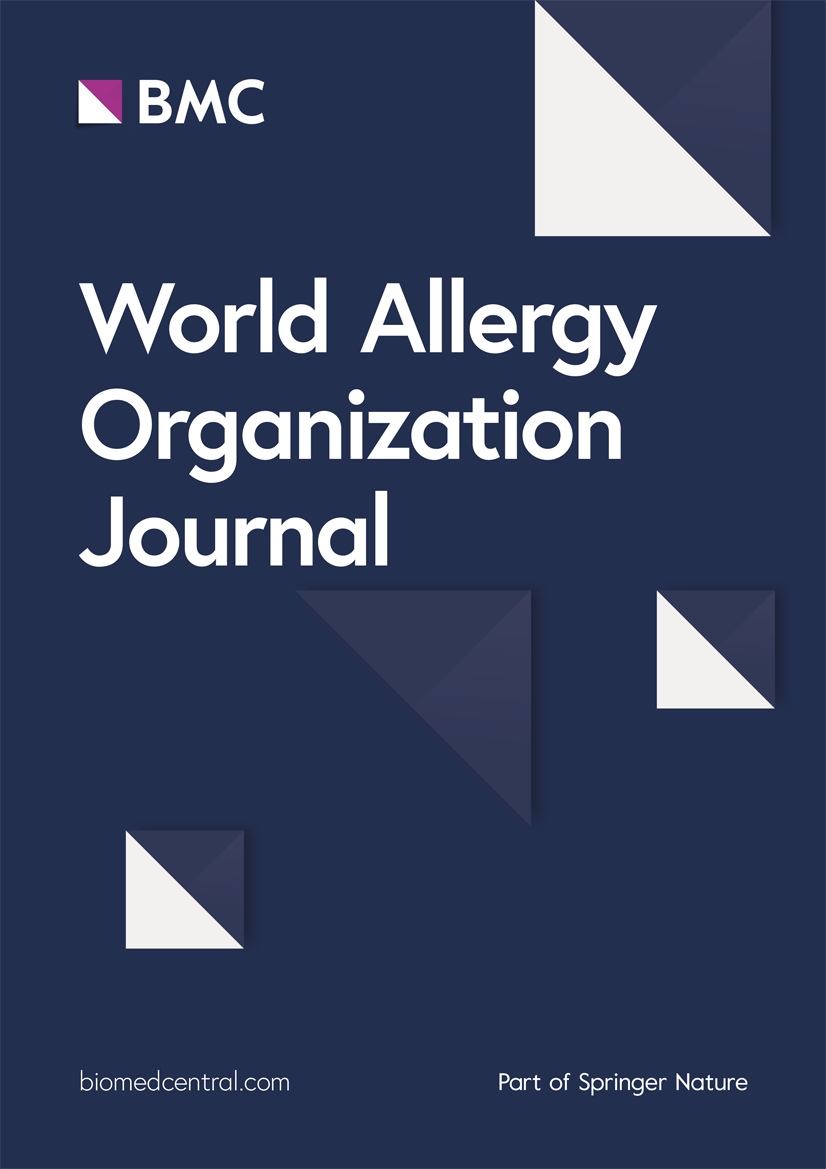Comparison of three-bag and single-bag protocols in rapid drug desensitization with chemotherapeutic and biological agents
IF 4.3
2区 医学
Q2 ALLERGY
引用次数: 0
Abstract
Background
Rapid drug desensitization (RDD) for patients experiencing hypersensitivity reactions (HSRs) to chemotherapeutics and biological therapeutic agents allows for temporary tolerance to the implicated drug, since this procedure requires intensive labor and time, alternative single-bag RDD protocols have been developed. We aimed to share our experiences with single-bag and multi-bag RDD in patients with HSRs to chemotherapeutics and biological agents.
Materials and methods
Patients who were administered a single or three-bag RDD with implicated chemotherapeutics and biological agents between January 2020–August 2024 were included. The severity of HSRs was classified according to the Brown classification. Prick and intradermal tests were performed with the implicated drugs.
Results
A total of 153 patients (F:121, M:32, Mean age:56.7 ± 11.4) were included, 109 of whom had experienced HSRs to platinum, 37 to taxanes, and 7 to biological agents. The initial severity was mostly grade 2 (n:84,54.9%) or grade 3 (n:50,32.7%). Skin testings were positive in 70 of 139 patients tested. A total of 582 RDD procedures were performed to 76 patients with the single bag-12-step protocol and to 77 patients with the three-bag-12-step protocol. No statistically significant differences were found between the single-bag and three-bag groups regarding age, sex, atopy, presence of comorbidities, initial reaction severity, and skin test positivity. During the 582 RDD procedures, 44 breakthrough reactions (22 in each group) occurred. Ultimately, 581 out of 582 RDD procedures (99.8%) were successfully completed, except one patient with grade 2 reaction in the single-bag group. The desensitization procedures were completed in 273 ± 42 min for the single-bag group and in 367 ± 33 min for the three-bag group (p-value <0.001).
Conclusions
Our study demonstrated that the single-bag protocol is as safe and effective as the three-bag protocol, while also providing a time-saving advantage. Thus, it is considered a viable alternative to multi-bag desensitization protocols.
三袋和单袋方案在化疗药物和生物药物快速脱敏中的比较
背景:对化疗药物和生物治疗剂发生超敏反应(HSRs)的患者进行快速药物脱敏(RDD)可以暂时耐受相关药物,因为这一过程需要大量的劳动和时间,因此已经开发了替代的单袋RDD方案。我们的目的是分享我们在接受化疗和生物制剂的hsr患者中进行单袋和多袋RDD的经验。材料和方法纳入2020年1月至2024年8月期间接受单袋或三袋RDD联合化疗药物和生物药物治疗的患者。根据Brown分级法对HSRs的严重程度进行分级。用所涉药物进行点刺和皮内试验。结果共纳入153例患者(F:121例,M:32例,平均年龄:56.7±11.4),其中对铂发生hsr 109例,对紫杉烷37例,对生物制剂7例。初始严重程度主要为2级(n:84,54.9%)或3级(n:50,32.7%)。139名接受测试的患者中,有70人的皮肤测试呈阳性。76例采用单袋-12步方案的患者和77例采用三袋-12步方案的患者共进行了582例RDD手术。单袋组和三袋组在年龄、性别、特应性、是否存在合并症、初始反应严重程度和皮肤试验阳性方面无统计学差异。在582例RDD过程中,发生了44例突破性反应(每组22例)。最终,582例RDD手术中有581例(99.8%)成功完成,单袋组中有1例患者出现2级反应。单袋组脱敏时间为273±42 min,三袋组为367±33 min (p值<;0.001)。结论我们的研究表明,单袋方案与三袋方案一样安全有效,同时也具有节省时间的优势。因此,它被认为是多袋脱敏方案的可行替代方案。
本文章由计算机程序翻译,如有差异,请以英文原文为准。
求助全文
约1分钟内获得全文
求助全文
来源期刊

World Allergy Organization Journal
Immunology and Microbiology-Immunology
CiteScore
9.10
自引率
5.90%
发文量
91
审稿时长
9 weeks
期刊介绍:
The official pubication of the World Allergy Organization, the World Allergy Organization Journal (WAOjournal) publishes original mechanistic, translational, and clinical research on the topics of allergy, asthma, anaphylaxis, and clincial immunology, as well as reviews, guidelines, and position papers that contribute to the improvement of patient care. WAOjournal publishes research on the growth of allergy prevalence within the scope of single countries, country comparisons, and practical global issues and regulations, or threats to the allergy specialty. The Journal invites the submissions of all authors interested in publishing on current global problems in allergy, asthma, anaphylaxis, and immunology. Of particular interest are the immunological consequences of climate change and the subsequent systematic transformations in food habits and their consequences for the allergy/immunology discipline.
 求助内容:
求助内容: 应助结果提醒方式:
应助结果提醒方式:


